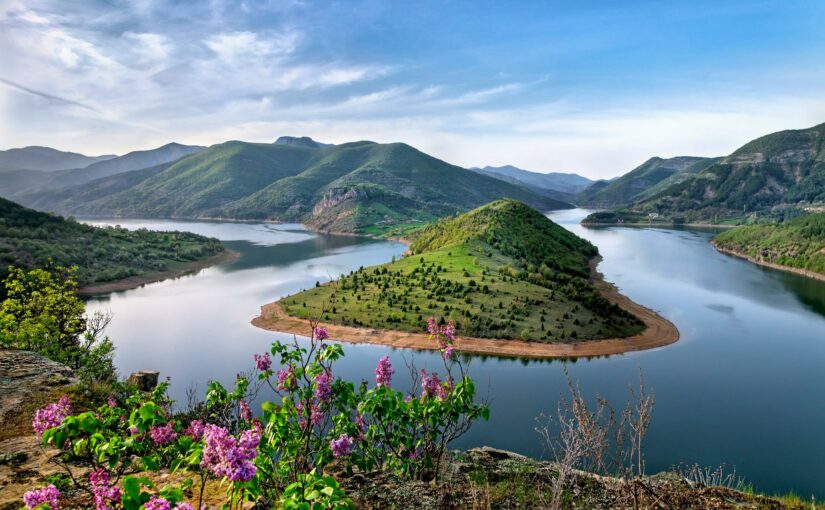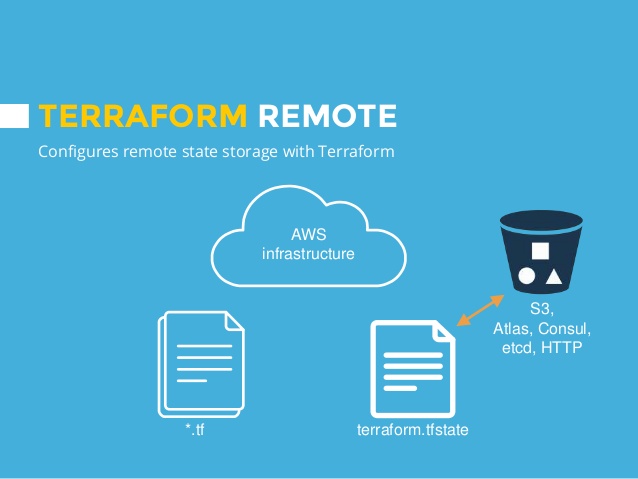The Problem
Every DNS provider is very specific how they create DNS records. Using Terraform or Pulumi don’t guarantee multi provider support out of the box.
One example where AWS Route53 support values for multiple IP binding to the same name record. Where Cloudflare must have a dedicated record for each IP.
Theses API difference make it harder to write code which will work for multiple providers.
For AWS Route53 a single record can be created like this:
mydomain.local: IP1, IP2, IP3
For Cloudflare it would be 3 different records:
mydomain.local: IP1
mydomain.local: IP2
mydomain.local: IP3
The Solution 1: Use flexibility of programming language available with Pulumi
Pulumi has a first hand here since you can use the power of programming language to handle custom logic.
DNS data structure:
mydomain1.com:
- IP1
- IP2
- IP3
mydomain2.com:
- IP4
- IP5
- IP6
mydomain3.com:
- IP7
- IP8
- IP9
Using Python or Javascript we can expand this structure for Cloudflare provider or keep as is for AWS Route53.
In Cloudflare case we will create new record for each new IP
import pulumi
import pulumi_cloudflare as cloudflare
import yaml
# Load the configuration from a YAML file
yaml_file = "dns_records.yaml"
with open(yaml_file, "r") as file:
dns_config = yaml.safe_load(file)
# Cloudflare Zone ID (Replace with your actual Cloudflare Zone ID)
zone_id = "your_cloudflare_zone_id"
# Iterate through domains and their associated IPs to create A records
for domain, ips in dns_config.items():
if isinstance(ips, list): # Ensure it's a list of IPs
for ip in ips:
record_name = domain
cloudflare.Record(
f"{record_name}-{ip.replace('.', '-')}",
zone_id=zone_id,
name=record_name,
type="A",
value=ip,
ttl=3600, # Set TTL (adjust as needed)
)
# Export the created records
pulumi.export("dns_records", dns_config)
and since AWS Route53 support IPs list, so the code would look like:
for domain, ips in dns_config.items():
if isinstance(ips, list) and ips: # Ensure it's a list of IPs and not empty
aws.route53.Record(
f"{domain}-record",
zone_id=hosted_zone_id,
name=domain,
type="A",
ttl=300, # Set TTL (adjust as needed)
records=ips, # AWS Route 53 supports multiple IPs in a single record
)Solution 2 – Using Terraform for each loop
It’s quite possible to achieve the same using Terraform starting with version 0.12 which introduce dynamic block.
Same data structure:
mydomain1.com:
- 192.168.1.1
- 192.168.1.2
- 192.168.1.3
mydomain2.com:
- 10.0.0.1
- 10.0.0.2
- 10.0.0.3
mydomain3.com:
- 172.16.0.1
- 172.16.0.2
- 172.16.0.3
Terraform example for AWS Route53
provider "aws" {
region = "us-east-1" # Change this to your preferred region
}
variable "hosted_zone_id" {
type = string
}
variable "dns_records" {
type = map(list(string))
}
resource "aws_route53_record" "dns_records" {
for_each = var.dns_records
zone_id = var.hosted_zone_id
name = each.key
type = "A"
ttl = 300
records = each.value
}
Quite simple using for_each loop, but will not work with Cloudflare, because of the mentioned compatibility issue. So, we need new record for each IP.
Terraform example for Cloudflare
# Create multiple records for each domain, one per IP
resource "cloudflare_record" "dns_records" {
for_each = { for k, v in var.dns_records : k => flatten([for ip in v : { domain = k, ip = ip }]) }
zone_id = var.cloudflare_zone_id
name = each.value.domain
type = "A"
value = each.value.ip
ttl = 3600
proxied = false # Set to true if using Cloudflare proxy
}
Conclusions
- Pulumi: Flexible and easy to start. Data is separate from code, making it easy to add providers or change logic.
- Terraform: Less complex and easier to support long-term but depends on data format
- Both solutions require programming skills or expertise in Terraform language.

